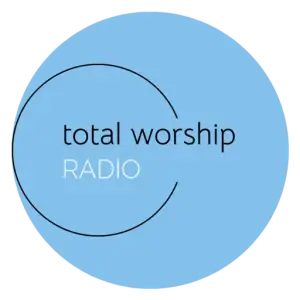A recent study by Lending Tree, utilizing U.S. Census Bureau data, reveals that Nevada has approximately 123,945 vacant housing units as of the end of 2023. This places Nevada 34th in the nation in terms of overall vacancy rate at 9.48 percent. However, the state experienced the sixth-highest increase in vacancy rate from 2022 to 2023. Out of Nevada’s 1.3 million housing units, 1.1 million are occupied.
Maine has the highest vacancy rate at 21 percent, followed by Vermont at 20 percent and Alaska at 18.2 percent. In terms of sheer volume, Florida leads with 1.5 million vacant homes, followed by Texas with 1.1 million, and California with 1 million. The study points out that many of these homes are classified as vacant due to being seasonal, recreational, or occasional use properties, as well as homes in transition or those for migrant workers.
The housing crisis in the Las Vegas Valley has worsened since 2019, with home prices nearly doubling. The median home sale price reported by Las Vegas Realtors is $480,000, just below the record high set earlier this year.
Nationally, there are about 14.9 million vacant homes. While high vacancy rates can sometimes indicate economic hardship, in some states, it correlates with high buyer demand and new construction for second homes. This indicates that many homes are not intended for full-time residency.
The overall U.S. housing vacancy rate is 10.4 percent. Despite this figure suggesting an abundance of available housing, the reality is different for those searching for a home. Many vacant properties are not listed for sale or rent, being seasonal homes, undergoing renovations, or held as investments. This situation results in a smaller pool of truly available homes, making affordable and accessible housing harder to find than national statistics might suggest.

























